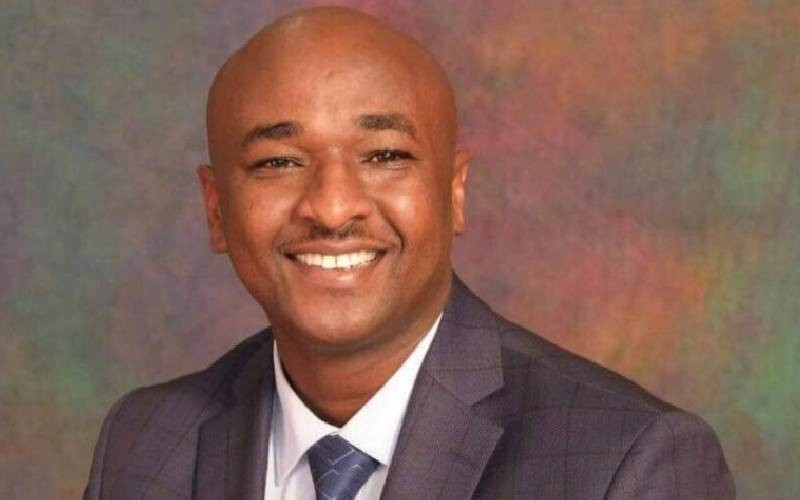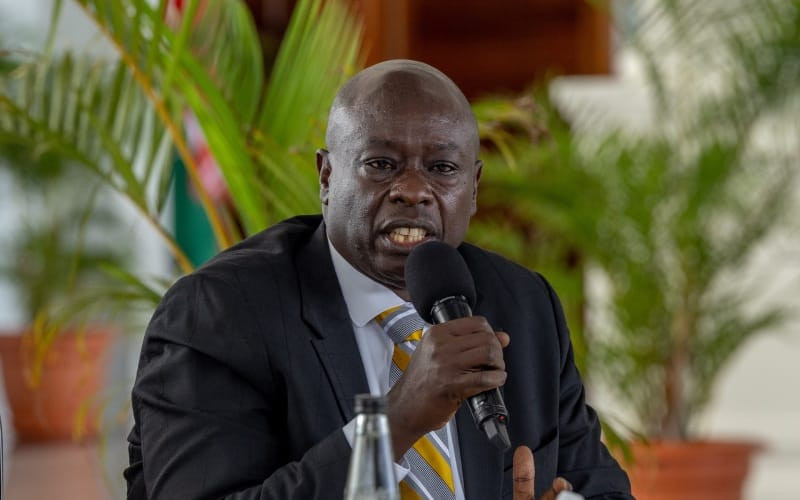 |
|
The CDC says regular and effective treatment can reduce the risk of transmitting HIV by 96 percent, but a majority of those infected do not have the disease under control, according to a new study |
As many as 70 percent of people infected with HIV in the United States do not have the virus under control, boosting the risk of transmission, according to a study.
The US Centers for Disease Control and Prevention (CDC) said the vast majority of 1.2 million infected people either were no longer in care or were not taking medication regularly in 2011.
"There is untapped potential to drive down the epidemic through improved testing and treatment, but we're missing too many opportunities," said Jonathan Mermin, director of CDC's Center for HIV/AIDS, viral hepatitis, STD, and tuberculosis prevention.
"Treatment is crucial. It is one of our most important strategies for stopping new HIV infections."
Among 840,000 people who did not have the virus under control, 66 percent had been diagnosed but were not getting regular care, while 20 percent did not know they were infected.
The study said four percent of those infected were getting care but were not prescribed anti-retroviral drugs (ARVs).
Finally, 10 percent were receiving treatment, but nevertheless did not have the infection in check.
The CDC said ARVs can significantly reduce the viral load, the the point of rendering the infection undetectable.
Regular and effective treatment can also reduce the risk of transmitting the virus by 96 percent.
But only 30 percent of HIV-positive people in the United States had the virus under control and were receiving proper treatment. In 2009, about 26 percent of infected people had it in check.
The newest data also shows that viral load increases with age, and among 18 to 24 year-olds infected with HIV, only 13 percent had a handle on it.
Among those 65 and older, 37 percent reported low viral loads.
CDC said the main reason for a higher viral load among younger people is because almost half of people in that age bracket had not been diagnosed.
There are about 50,000 new HIV infections every year in the United States, according to the CDC, which said the "epidemic continues to threaten the health and wellbeing of many Americans."
Stay informed. Subscribe to our newsletter
 The Standard Group Plc is a
multi-media organization with investments in media platforms spanning newspaper
print operations, television, radio broadcasting, digital and online services. The
Standard Group is recognized as a leading multi-media house in Kenya with a key
influence in matters of national and international interest.
The Standard Group Plc is a
multi-media organization with investments in media platforms spanning newspaper
print operations, television, radio broadcasting, digital and online services. The
Standard Group is recognized as a leading multi-media house in Kenya with a key
influence in matters of national and international interest.
 The Standard Group Plc is a
multi-media organization with investments in media platforms spanning newspaper
print operations, television, radio broadcasting, digital and online services. The
Standard Group is recognized as a leading multi-media house in Kenya with a key
influence in matters of national and international interest.
The Standard Group Plc is a
multi-media organization with investments in media platforms spanning newspaper
print operations, television, radio broadcasting, digital and online services. The
Standard Group is recognized as a leading multi-media house in Kenya with a key
influence in matters of national and international interest.









